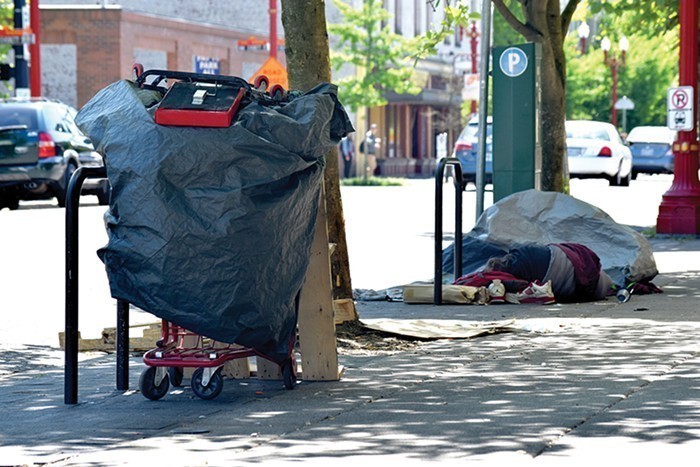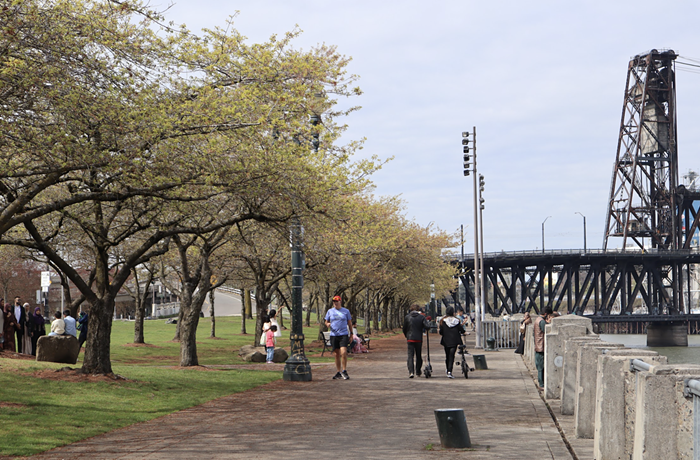In "The Bridge is Over," rapper KRS-One issued a fatwa against fellow emcees from the borough of Queens: "Manhattan keeps on making it, Brooklyn keeps on takin' it, Bronx keeps creatin' it, and Queens keeps on fakin' it."
Oh snap!... or not. By today's standards it seems, what's the term, mad quaint? And yet the thrust is still an integral (and problematic) part of hiphop today. It's the question of street cred, who has it, and why. It haunts the events chronicled in Ethan Brown's Queens Reigns Supreme, an engaging if exhausting book about the confluence of Queens' hustlers and its rappers, from Run-DMC to 50 Cent.
Brown offers a wildly interesting account of the evolution of the drug trade in southeast Queens, where two blocks could mean the difference between middle-class normality and cracktown. Many of Queens' early rappers ran with people in the drug world. Others grew up on the ensuing folklore.
The results could be devastating, as Tupac Shakur illustrated—a rapper famished for the gangsta bona fides he didn't merit on the street. Despite the "Thug Life" tattoo, Pac was such an incompetent hustler he had to return supply to his distributor. But fame, proximity to real New York players, and Pac's hunger for the thug life hastened his own demise.
It's a welcome relief that Brown doesn't condemn his subject, as hiphop is so often used as a springboard for moralizing politicians. Yet his reluctance to challenge its prevailing assumptions is nearly as troubling. Rap has long been rooted in an ethos of "keeping it real." But how many real people have to get killed before the fallacy of "street cred" gets laid to rest? And is it not more than a little ironic that the primacy of the gangsta rapper with a beef coincides with a shift in the music's audience from urban black to suburban white? Maybe one day bullet wounds and prison bids will no longer be a requisite for a rap star. And if the ex-urban audience doesn't like it, well, maybe they never really did. JOHN DICKER














